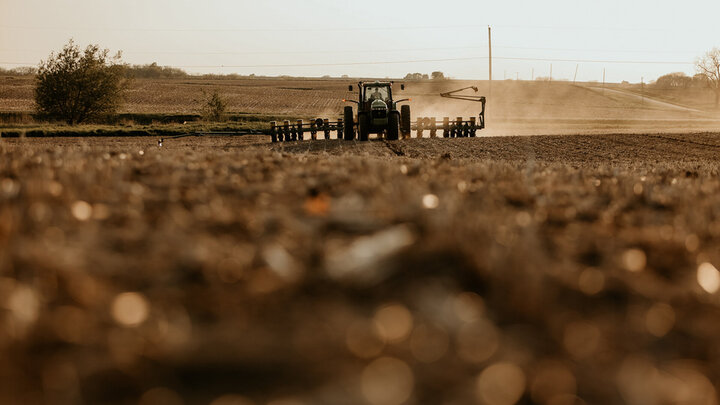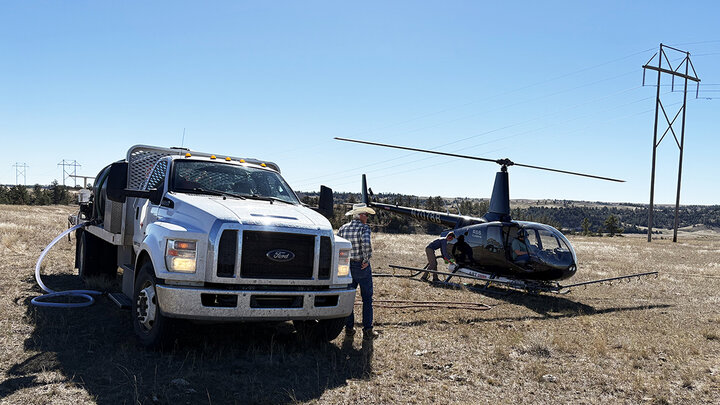By Robert Harveson, Extension Plant Pathologist
Pathogen
Fusarium oxysporum Schlechtend.:Fr. f. sp. phaseoli J. B. Kendrick and W. C. Snyder. Fungal structures: chlamydospores, macroconidia, and microconidia. Teleomorph: unknown. The pathogen typically has septate, hyaline mycelium, nonseptate chlamydospores (2-4 x 6-15 um). Macroconidia are elongate, crescent-shaped, slightly curved and measure 3-6 x 25-35 um. Optimum growth occurs at 78-80"F, and at least two pathogenic races are known, one in Brazil, and one in North America and Europe.
Disease Symptoms
Foliar symptoms appear first on older leaves, and include yellowing and wilting. As disease progresses, younger leaves become affected. Plant stunting is also very evident if infection occurred during seedling or vegetative stages. Severely infected plants wilt permanently, and prematurely lose leaves. Vascular discoloration of root tissue is the main diagnostic symptom. It varies significantly in intensity, and depends on factors such as cultivar reaction, severity of infection, and environmental conditions.


Favorable Environmental Conditions
Disease development and severity is favored by high temperature stress, and soil compaction. Other factors favoring Fusarium wilt are the same as those increasing Fusarium root rot. Fusarium wilt is more evident than root rot, and will more likely cause death before or even after pod set. Both fungi (wilt and root rot pathogens) can cause plants to mature two to three weeks earlier than expected.
Management
Genetic Resistance
No resistant cultivars are available at this time.
Cultural Practices
Control consist of planting after soils warm to 60°F, sub-soiling between bean rows, eliminating moisture stress, spacing plants 2-3 inches apart, and tilling soil up around base to encourage lateral root development above infected parts of roots. Rotation with non-host crops like corn, wheat, barley, or alfalfa may also be useful.
Chemical/Biological Control
Fungicide seed treatments may help to establish better stands early, but will not provide protection for the rest of the season.








